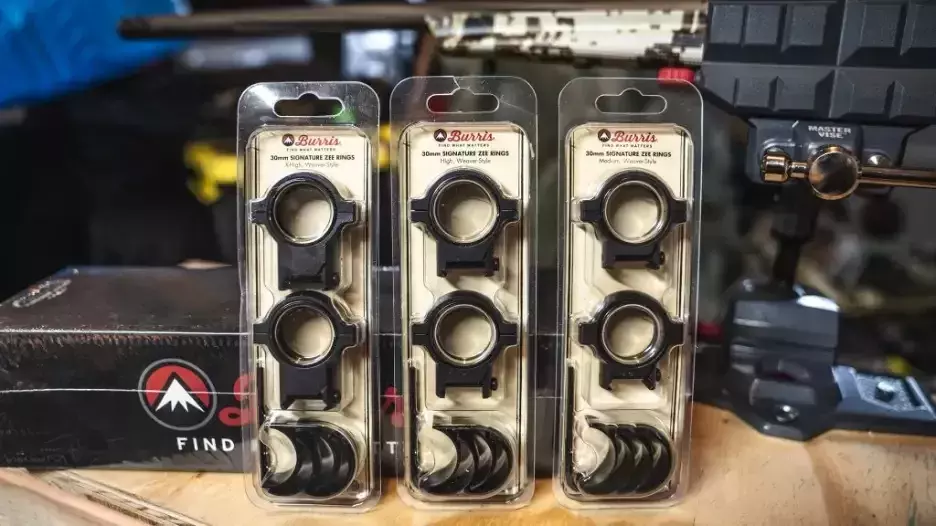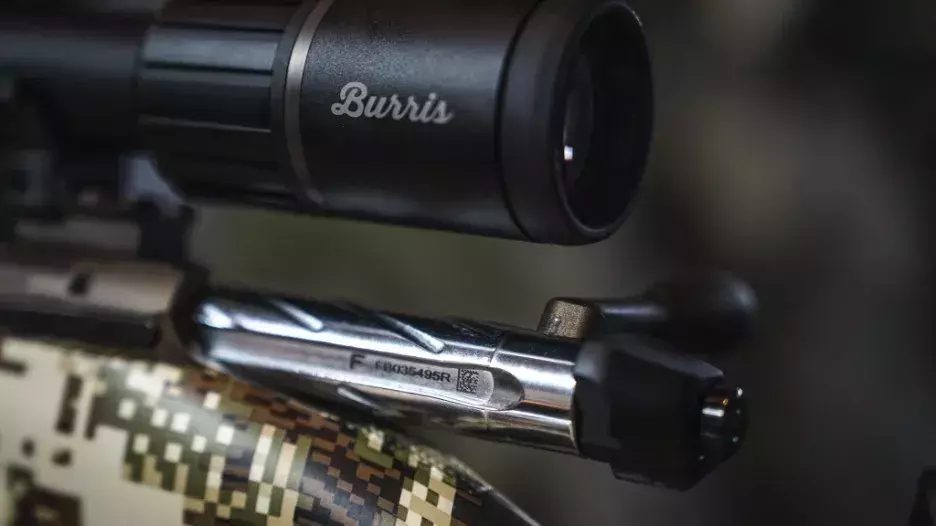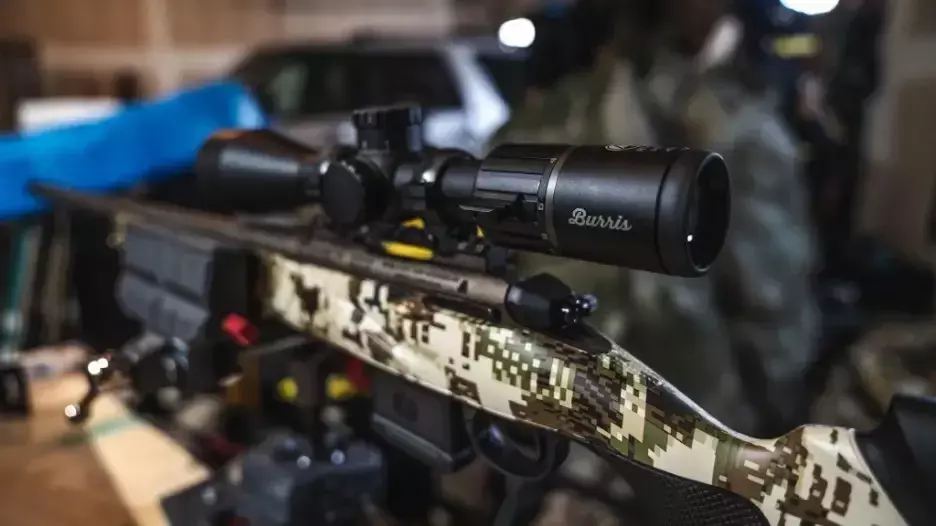How to Choose Scope Rings
The world of hunting optics and rifle-scopes has changed a lot over the years. Scopes used to be made in only one inch tubes, objectives were seldom made bigger than 42mm just to name a couple. Today the different options in a rifle scope can be overwhelming and choosing the right scope rings can be even harder. In this article I want to ease some of the anxieties of the scope ring selection process. This by no means is the only way to choose a rifle scope ring but it should help.

So let's start out with a hypothetical scenario. I have just purchased a brand new Franchi Momentum Elite rifle in .223 remington and I want to top it off with a Burris RT-15 3-15x50 rifle-scope. Now how do I choose the right scope rings?
First, and the most important part of the selection process is making sure that the diameter tube of the rifle scope matches the size of the scope rings. The Burris RT-15 3-15x50 rifle-scope is a 30 millimeter tube size so your scope rings should also be 30 millimeter. (If the scope you want to put on your rifle scope is a one inch tube you need one inch rings and so on.)
Secondly, the next thing to think about is clearance. Clearance in my mind means two different things; Bolt Clearance and Objective Clearance. Objective clearance simply means that when the scope is mounted to the firearm the objective clears the barrel of the firearm. To make sure that the objective of the rifle-scope clears the barrel you will need rings that are taller. Depending on how your scope mounts to the firearm most objectives that are 50mm or bigger require a taller Scope ring. You may need a Scope ring that is an inch to one and one half inches tall. Bolt clearance is the other clearance that I want to discuss. Bolt clearance is making sure that the bolt of the action of the rifle can turn, open and make a complete cycle to load and unload a cartridge without hitting the ocular parts of the scope. The power adjustment is usually the biggest part of the ocular side of the scope.

Lastly, when selecting scope rings, the parts that vary and are the most personal to each shooter are eye relief and cheek height when mounting the firearm. This is simply because everyone is different. When you reach this part of the selection process there isn’t much you can do when it comes to the Rifle Scope but more you can do on the firearm and cheek weld of the rifle. This is still however very important because if your firearm does not have an adjustable cheek weld you want to make sure that your scope is as close to the barrel of the firearm without hitting because that will have the need for the least amount of adjustment in the cheek weld of the firearm. The goal of this part is to make sure that every time the gun is mounted to be shot in any scenario that the shooter's eye looks through the scope in a straight line.

The final part of the selection depends on the preference of the shooter and a little to do with the end use; Hunting, Long Range, Tactical etc. The more violent the movements of the firearms the more durable you want the scope rings to be. If you're a 3 Gun shooter you may want to look at rings like Burris’s XTR Rings, if you're just plinking Signature rings will work just fine.
This may not be everything that you need to know but these simple steps will get you ninety five percent of the way to selecting the correct rings for that Burris rifle scope. Watch this video from Outdoor Jack on How to Choose Rifle Scope Rings.